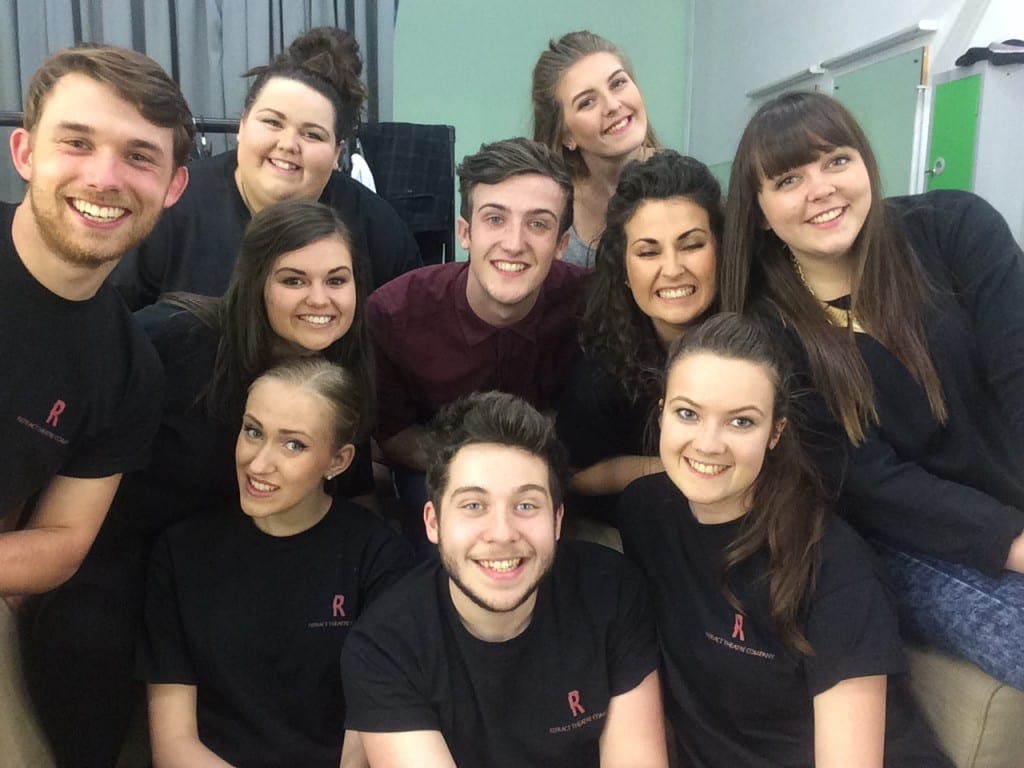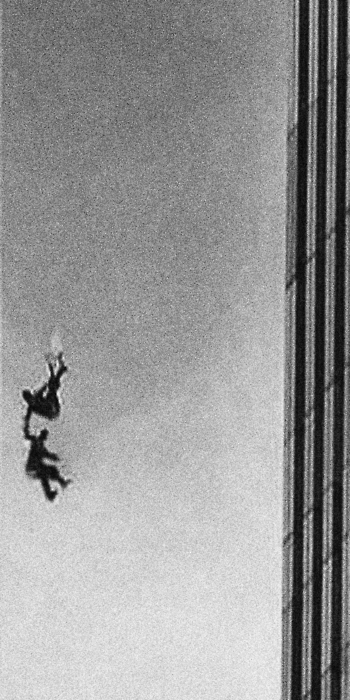And with the lights fading and the flute playing, the show was over. After months of exciting, enjoyable, challenging rehearsals our debut show was performed at the Lincoln Performing Arts Centre. A sense of adrenaline and excitement had filled the air. Not only were we extremely proud of what we had created as a company, but we were opening the week long festival of Theatre Company shows; with this comes an expectation to deliver an outstanding performance.
Upon reflection, and the feedback that we received, I truly believe we delivered. The show we devised was funny, tender, moving, visually inspiring, collaborative, inventive and original. It has been such a rewarding experience to see this company, including myself, develop and grow as a group, as individuals and as ten graduating students. Throughout the past 5 months I have learnt and experienced so much and my view on what theatre is and what theatre should be has drastically shifted; that is, theatre does not have to appeal to the masses, it does not have to include everything you have your heart set on, it can change, adapt. Some of the moments we created on stage came from workshops, pieces of text, sound bites for example. These moments were developed into beautiful, visually impressive scenes for the stage. Thus, the devising process is inherent to establishing a well rounded performance which demonstrates a clear message for your audience. And with that it is worth taking a quick look at how our company functioned and the roles we embodied.
It is best to match each member of your ensemble with the nonperforming roles for which he or she is best suited. No one in the company has the luxury of simply acting; in order for the company to survive, much less thrive, each must perform other duties as well.
(Nelson, 2010, 103)
Our company gelled like glue. Everyone knew their place and what they were expected to achieve at a specific time and place. I had three roles throughout this journey and I wish I had more time (and words!) to write about each because they were all challenging in their own right. My role as Marketing Manager thrust me into some unknown territory. As a very customer focused person due to my role as a Team Leader in retail, I thought this role would suit me in terms of connecting with the audience, engaging with them and creating a buzz throughout our company. The design elements, however, proved more difficult. I created all of the externally facing materials with help from friends studying Architecture and Graphic Design. This experience has been such a learning curve and I can now use all the Adobe programs with ease and efficiency; something, I am sure will come in handy post graduation.
Alongside this major leadership role, I also performed. Performing in this show has been incredible. I think this collaborative group of individuals have pushed each other into discovering more about themselves as performers and even though Amy and I acted as the through-line there was no major principle characters; everyone was as much a part of the ensemble as each other. And I think it is this ethic of working, devising and performing that establishes our style and the type of work we produce.
As my third role for Refract, I acted as the company resident choreographer. From the ‘Falling Couple’ (9/11) contemporary routine to the gentle Waltz sequence to the reminiscent tap ‘Swansong’, I devised segments throughout the show which connected stimulus to our narrative and theme. As our piece flowed smoothly from one section to another, there were no clear ‘dance breaks’. As such, my role as choreographer was to work closely with our director in establishing a performance style, both aesthetically and in workshops; to act as a facilitator of the more advanced movement sections. I thoroughly enjoyed collaborating with Laura, and using images as stimulus has been eye-opening for my choreographic practice; it’s not always what it seems, its how much you can see, but most importantly, its When You See It.
Goodbye, thanks for playing.

Works Cited
Crow, P. (2015)
Nelson, R. (2010) How to Start Your Own Theatre Company. Chicago: Chicago Review Press Inc.





















![IMG_3858[1]](https://refracttheatrecompany.blogs.lincoln.ac.uk/files/2015/03/IMG_38581-1024x768.jpg)

